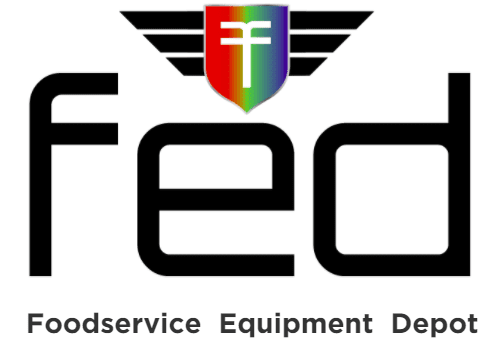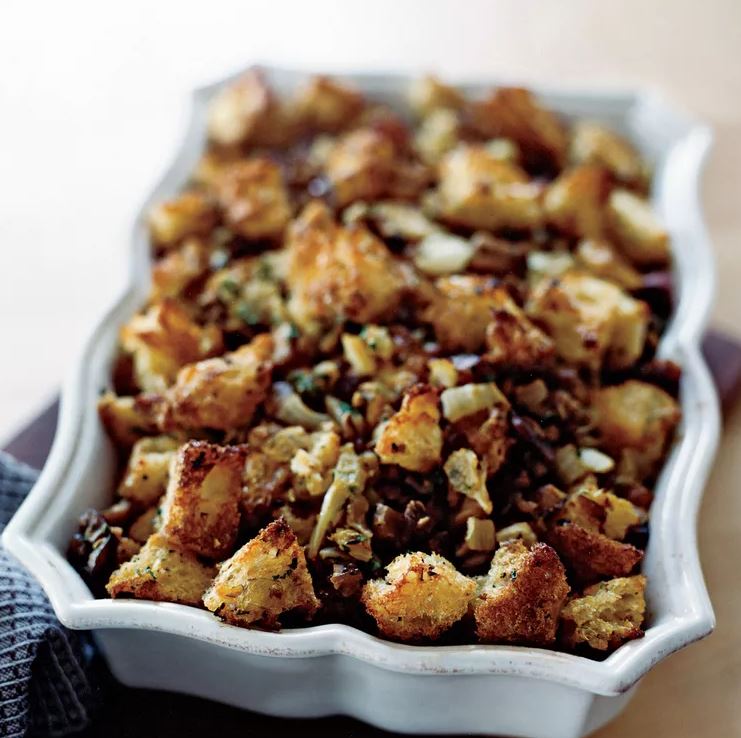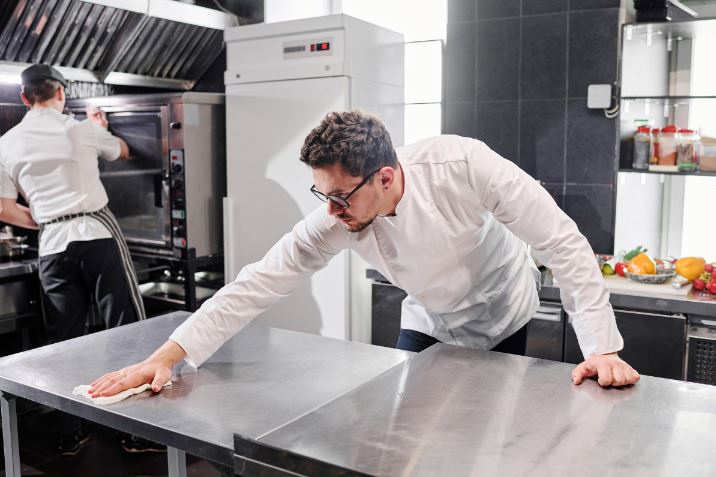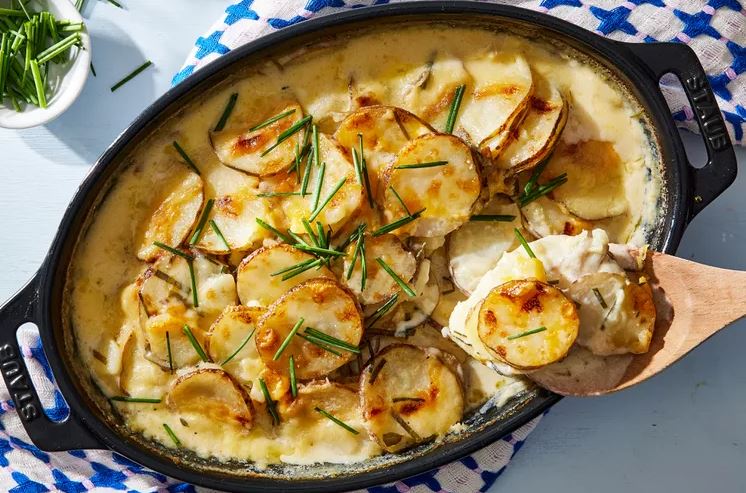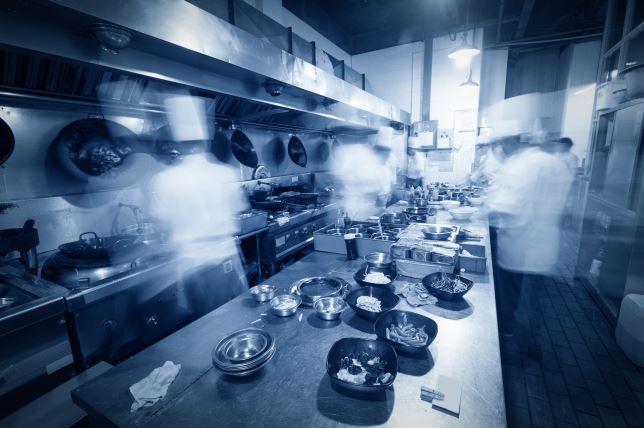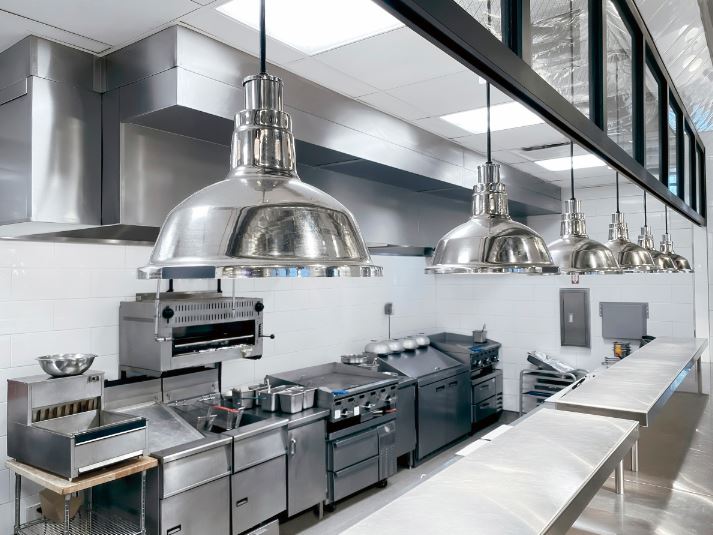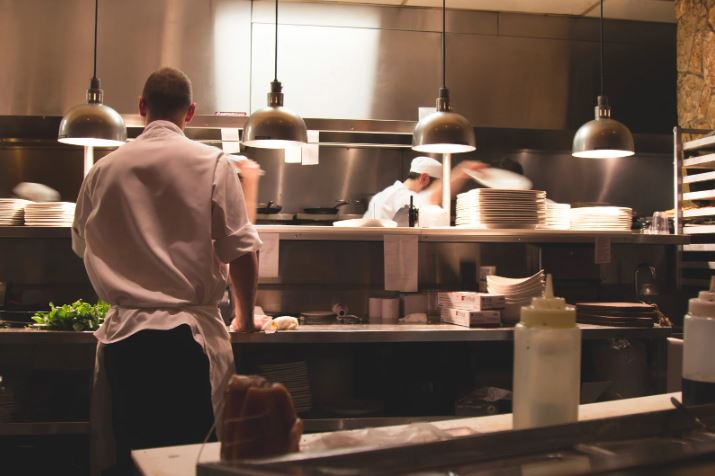
Technology Transformation: Revolutionizing the Foodservice Industry
The foodservice sector is not immune to the ongoing technological revolution that is changing every aspect of our life. Technology now plays a major role in many aspects of restaurant operations, from how we place orders and receive our food to how these establishments run behind the scenes. Let’s examine
